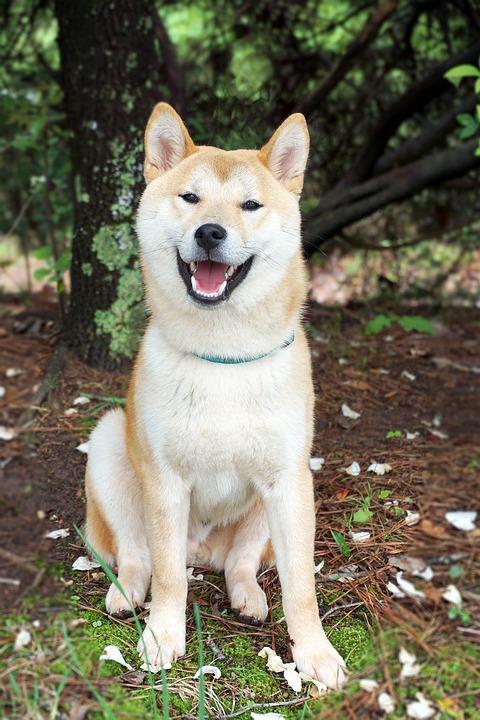Potty training is an essential aspect of every dog owner’s journey. Teaching your furry friend to relieve themselves in the appropriate place not only helps maintain a clean home but also ensures their well-being. In this article, we will take you through a step-by-step process of potty training your dog, along with some expert tips and frequently asked questions (FAQs).
Before diving into the training process, it’s crucial to understand your dog’s natural behavior and instincts regarding elimination. This knowledge will help you establish a successful potty training routine.
Creating a consistent routine is key to potty training success. Dogs thrive on predictability, so establish specific times for feeding, playtime, and bathroom breaks. This routine will help your dog develop good habits and understand when it’s time to go outside.
Determining the right elimination area for your dog is crucial. Ideally, this should be a designated spot in your yard or a nearby park. Ensure the area is easily accessible and safe for your dog to relieve themselves without distractions.
Introducing verbal cues is an effective way to communicate with your dog during potty training. Choose simple phrases like “Go potty” or “Do your business” and consistently use them while your dog is eliminating. This association will help your dog understand what you expect from them.
During the initial stages of potty training, leash control and supervision are essential. Keep your dog on a leash when taking them to the elimination area. This allows you to guide them and prevents them from getting distracted or wandering off.
Positive reinforcement plays a vital role in potty training. Whenever your dog eliminates in the designated area, praise them enthusiastically and offer a small treat. This positive association motivates your dog to repeat the behavior in the future.
Consistency is the cornerstone of successful potty training. Stick to the established routine and reinforce positive behavior consistently. Avoid scolding or punishing your dog for accidents, as it may confuse them and hinder the training process.
Accidents are a normal part of potty training, especially during the initial stages. When accidents occur, clean them up using an enzymatic cleaner to eliminate any lingering odor. Avoid using ammonia-based cleaners, as they may encourage your dog to eliminate in that area again.
Now, let’s address some frequently asked questions (FAQs) about potty training:
Q1. How long does it take to potty train a dog?
Potty training duration varies depending on factors such as breed, age, and consistency of training. Generally, it takes anywhere from a few weeks to a few months to fully potty train a dog.
Q2. My dog keeps having accidents indoors. What am I doing wrong?
Accidents can happen, even with the best training. Evaluate your consistency, supervision, and the frequency of bathroom breaks. Adjusting these factors and reinforcing positive behavior should help minimize accidents.
Q3. Should I use pee pads during potty training?
Using pee pads can be helpful, especially for dogs living in apartments or in extreme weather conditions. However, gradually transition from pee pads to outdoor elimination once your dog is comfortable.
Q4. Can an older dog be potty trained?
Yes, older dogs can be potty trained. The process may take longer due to established habits, but with patience, consistency, and positive reinforcement, you can successfully train an older dog.
Q5. My dog refuses to eliminate when on a leash outside. What should I do?
If your dog hesitates to eliminate while on a leash, it could be due to anxiety or fear. Gradually introduce them to the outdoor environment, offering positive reinforcement and patience. Seek professional help if the issue persists.
In conclusion, potty training is a fundamental aspect of responsible dog ownership. By understanding your dog’s behavior, establishing a routine, and using positive reinforcement, you can successfully potty train your furry friend. Remember, consistency, patience, and love are key ingredients for a well-trained and happy dog.









